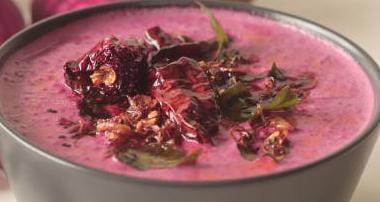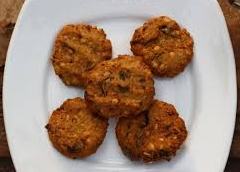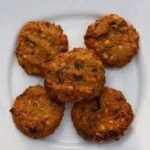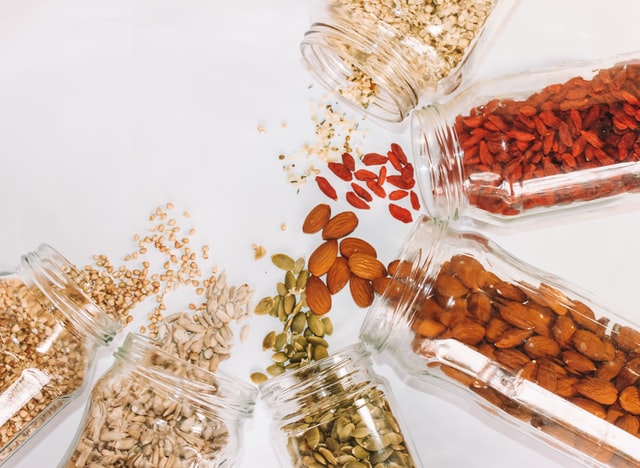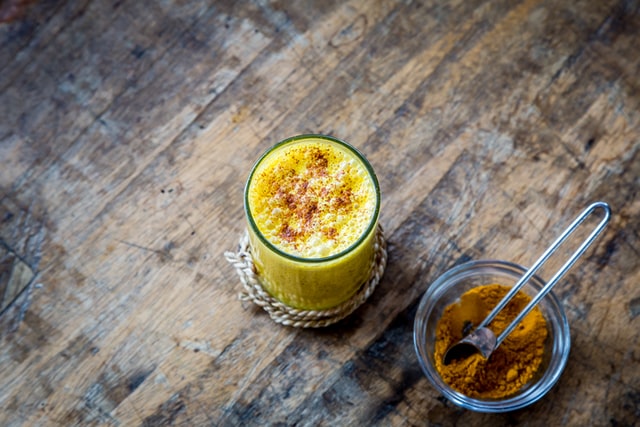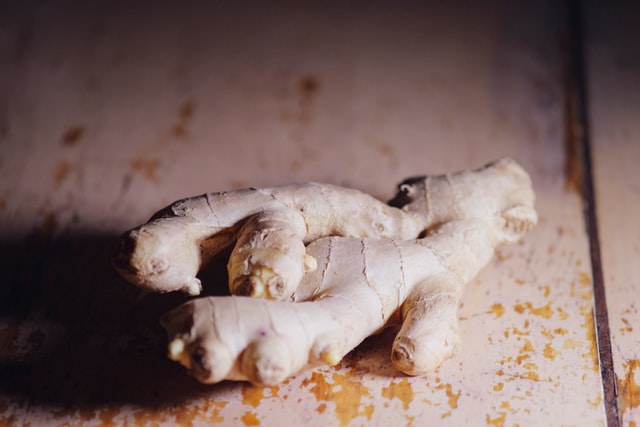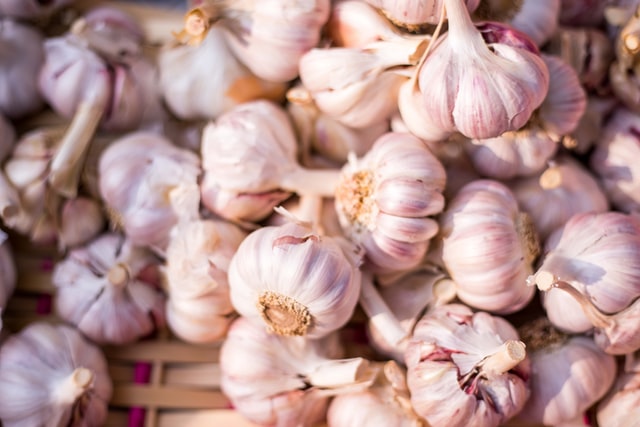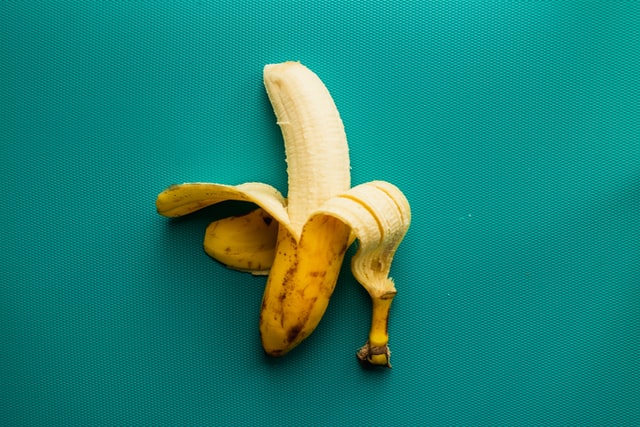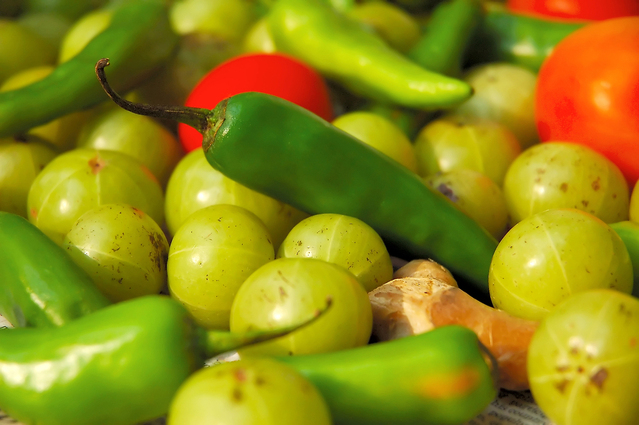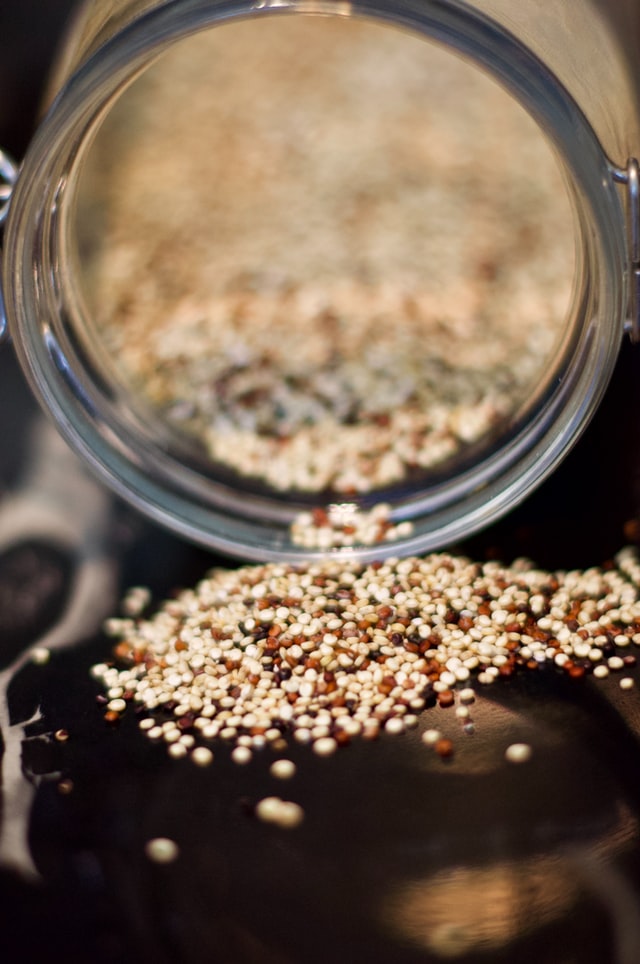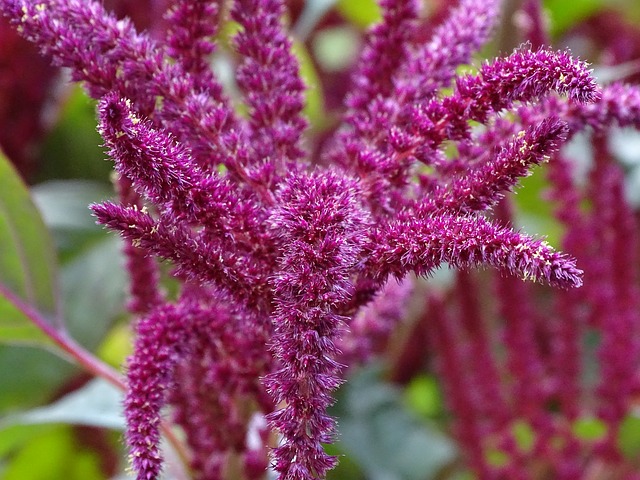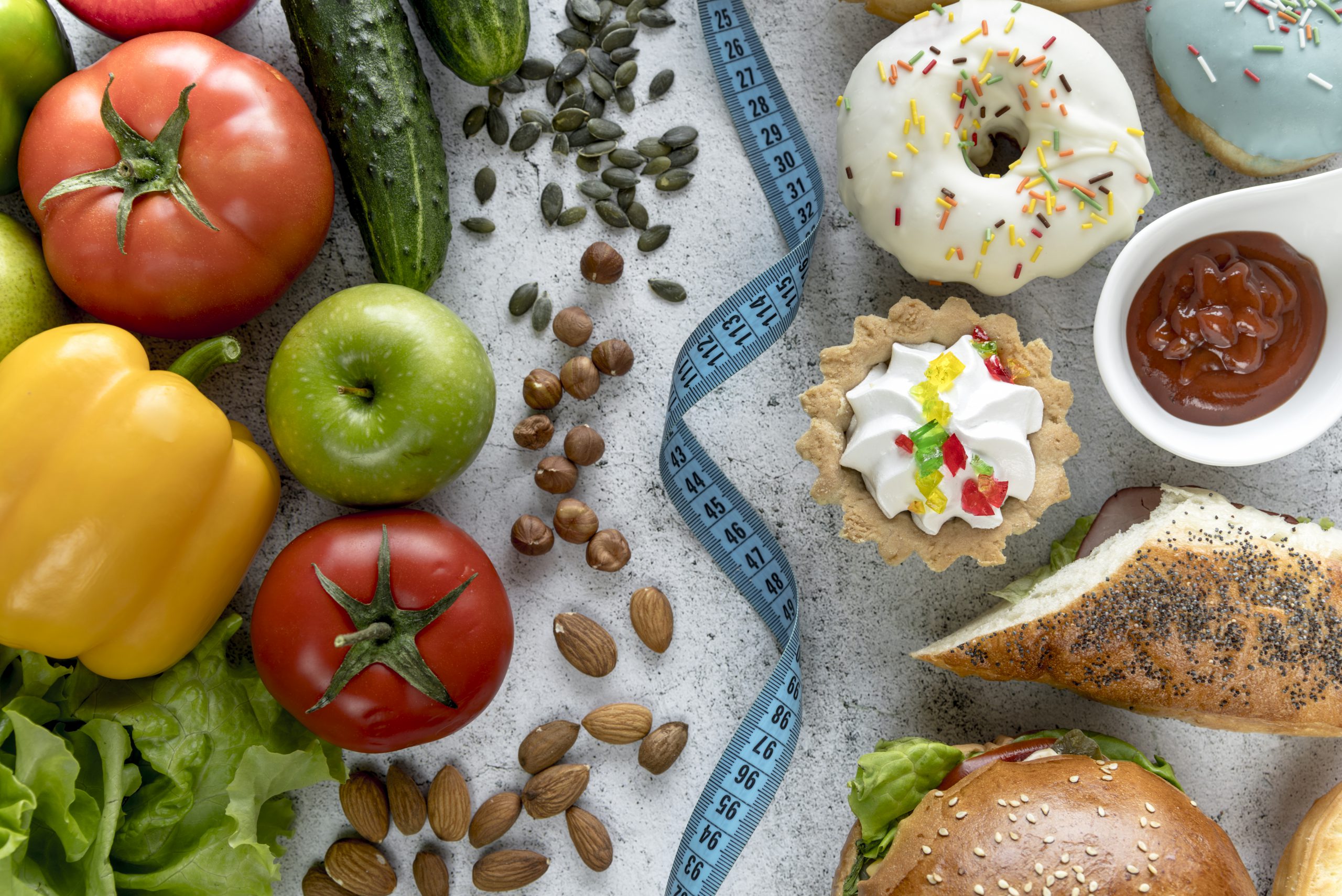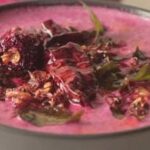
Beetroot raita
-
 Prep Time: 20 minutes
Prep Time: 20 minutes -
 Cook Time: 5 minutes
Cook Time: 5 minutes -
 Total Time: 25 minutes
Total Time: 25 minutes
Description
Beetroot raita is a colorful and flavorful Indian side dish made by mixing grated beetroot with creamy yogurt and spices. It’s refreshing, nutritious, and commonly served alongside rice dishes or as a dip with snacks. The vibrant pink color and delicious taste make it a favorite in Indian cuisine.
Ingredients
- 1 medium-sized beetroot, boiled, peeled, and grated
- 1 cup thick yogurt (preferably homemade)
- 1 small green chili, finely chopped
- 1/2 teaspoon mustard seeds
- 1/2 teaspoon urad dal (split black gram)
- A few curry leaves
- 1/2 teaspoon grated ginger
- 1/4 teaspoon asafoetida (hing)
- Salt to taste
- 1 tablespoon fresh grated coconut (optional)
- 1 tablespoon oil
Instructions
- Rinse the beetroot first thoroughly in water. Then peel and grate it. Saute it with little oil, Set aside.
- In a mixing bowl, whisk the thick yogurt until it becomes smooth and creamy. Add the sautéed beetroot to the yogurt and mix well.
- Tempering: Heat oil in a small pan. Add mustard seeds and let them splutter. Then add urad dal and sauté until it turns golden brown. Add chopped green chili, grated ginger, and curry leaves. Sauté for a minute. Finally, add asafoetida (hing) and turn off the heat. Let the tempering cool down slightly.
- Pour the tempering over the beetroot-yogurt mixture. Mix everything well. Add salt to taste and adjust the consistency by adding a little water if needed.
- Garnish the raita with chopped curry leaves and grated coconut
Nutrition
- Serving Size: 2
- Calories: 205 kcal
- Fat: 11.5
- Carbohydrates: 17
- Protein: 6
Keywords: Healthyrecipe, YogurtDelight, HealthyEating, RefreshingBites, ColorfulCooking

